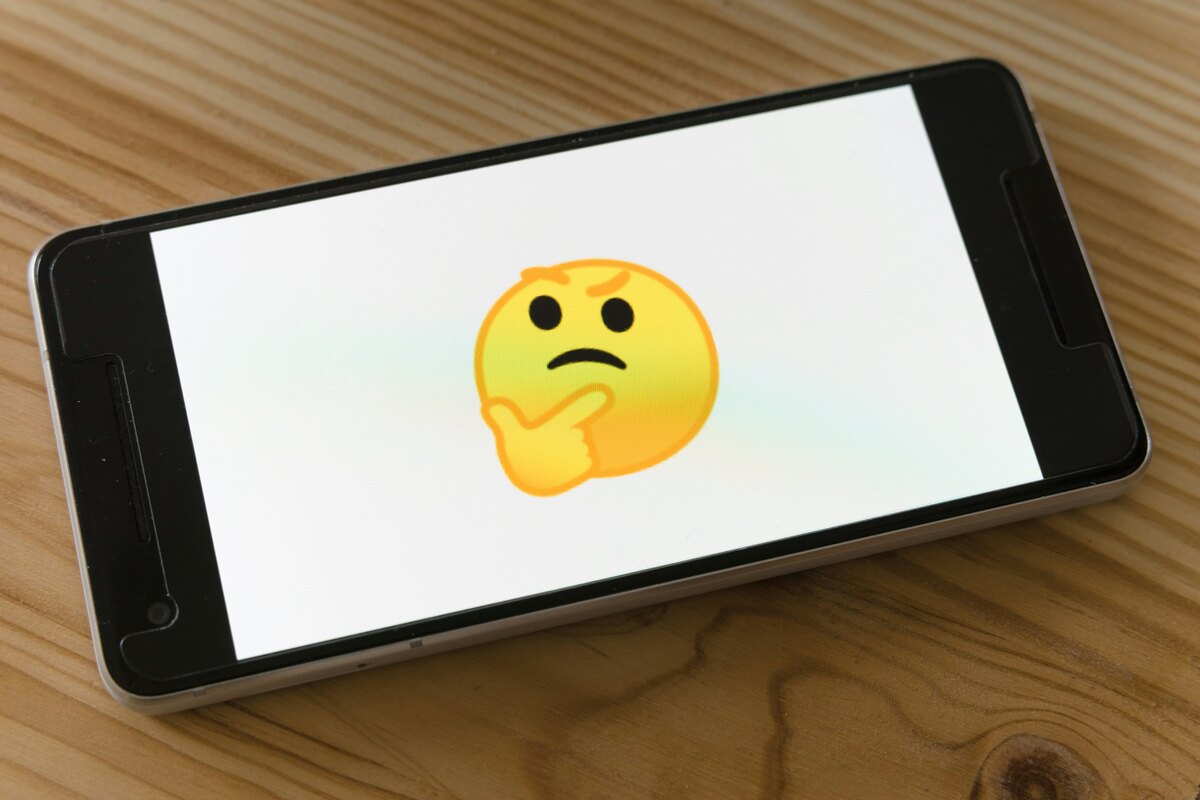TB871: Old and new mode thinking errors
Note: this is a post reflecting on one of the modules of my MSc in Systems Thinking in Practice. You can see all of the related posts in this category.

In a previous post, I discussed System 1 and System 2 thinking, sometimes described as ‘old’ and ‘new’ modes of thinking. Both have their benefits and drawbacks, as shown in the following table:
| Thinking errors | Old mode | New mode |
|---|---|---|
| Prejudice | ✓ | |
| Stereotyping | ✓ | |
| Jumping to conclusions | ✓ | |
| Being inflexible | ✓ | |
| Being quick to judge | ✓ | |
| Misjudging probabilities | ✓ | |
| Ignoring what other people say | ✓ | |
| Taking a very narrow view | ✓ | |
| Missing the point | ✓ | |
| Being over-influenced by sales gimmicks | ✓ | |
| Confirmation bias | ✓ | |
| Overgeneralising | ✓ | |
| Catastrophising | ✓ | |
| Emotional reasoning | ✓ | |
| Blaming | ✓ | |
| Black-and-white thinking | ✓ | |
| Filtering out the positive | ✓ | |
| Assuming others should understand without explaining | ✓ | |
| Taking things personally | ✓ | |
| Making assumptions without verifying facts | ✓ | |
| Failing to consider long-term consequences | ✓ |
The thinking errors identified above underpin the field known as ‘behavioural economics,’ which focuses on understanding why people often make decisions that deviate from the rational choices predicted by classical economic theory. This discrepancy may stem from the restrictive assumptions of classical economics as much as from the irrationality of economic actors.
Another discipline, ‘evolutionary psychology,’ suggests that these seemingly irrational decisions might be the result of ingrained biases that were advantageous for survival in early human hunter-gatherer societies. These biases, which were once rational from an evolutionary standpoint, are now less useful and manifest as errors in modern urban settings.
It’s important to recognise that cognitive biases not only result from evolutionary adaptations but are also influenced by social and cultural factors. For instance, modern environments bombard individuals with information and choices, often leading to decision fatigue and reliance on heuristics or mental shortcuts. These shortcuts, while helpful in reducing cognitive load, can contribute to systematic thinking errors.
Additionally, the role of education and personal experiences do, of course, shape how individuals perceive and react to different situations, further complicating the landscape of decision-making. Understanding these factors can help in developing strategies to mitigate the impact of cognitive biases in contemporary contexts.
References
- The Open University (2020) ‘P3.1.4 Thinking modes as sources of errors and biases – or just differences?’, TB871 Block 3 People stream [Online]. Available at https://learn2.open.ac.uk/mod/oucontent/view.php?id=2261488§ion=2.4 (Accessed 10 July 2024).
Image by Markus Winkler
